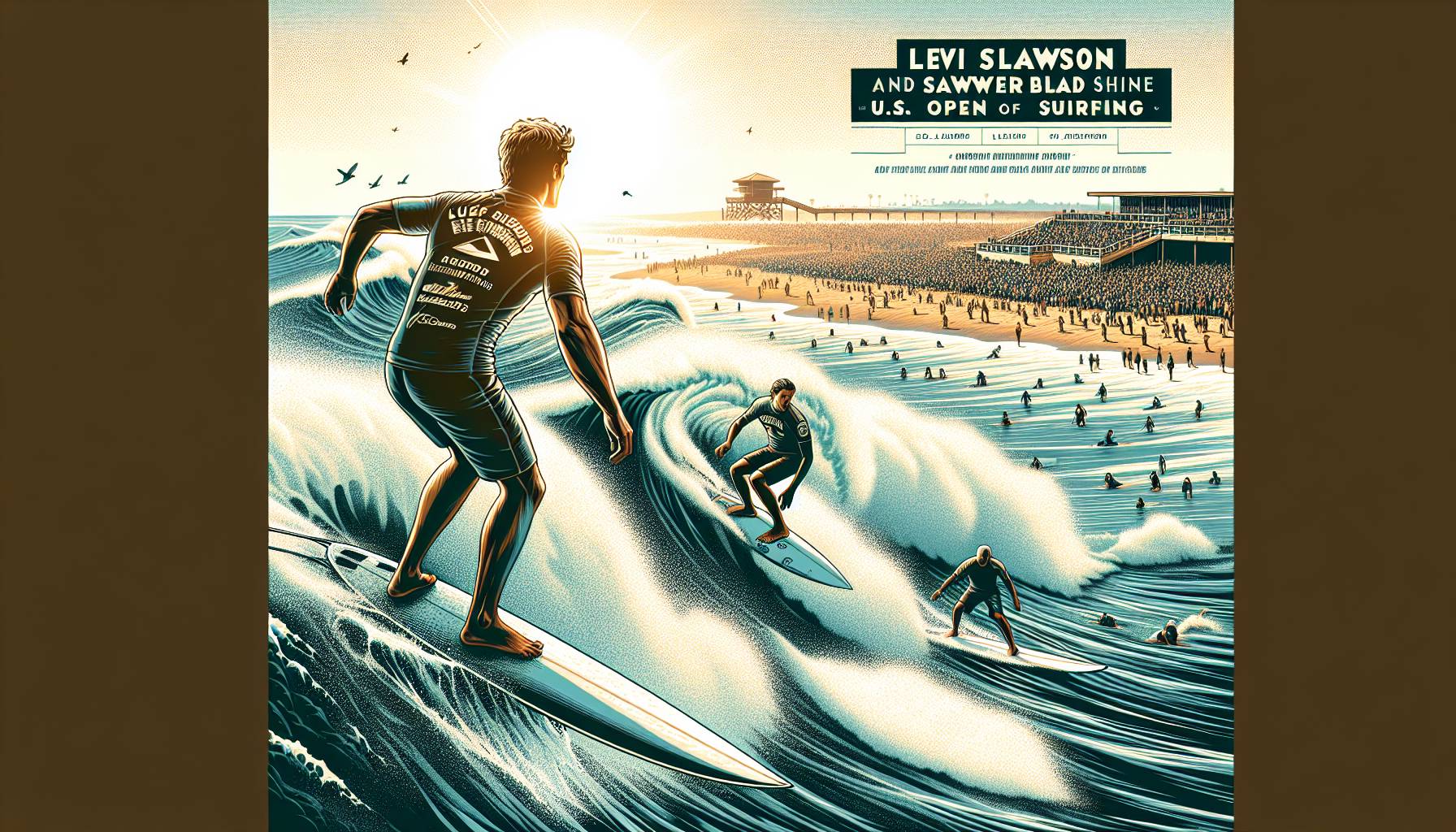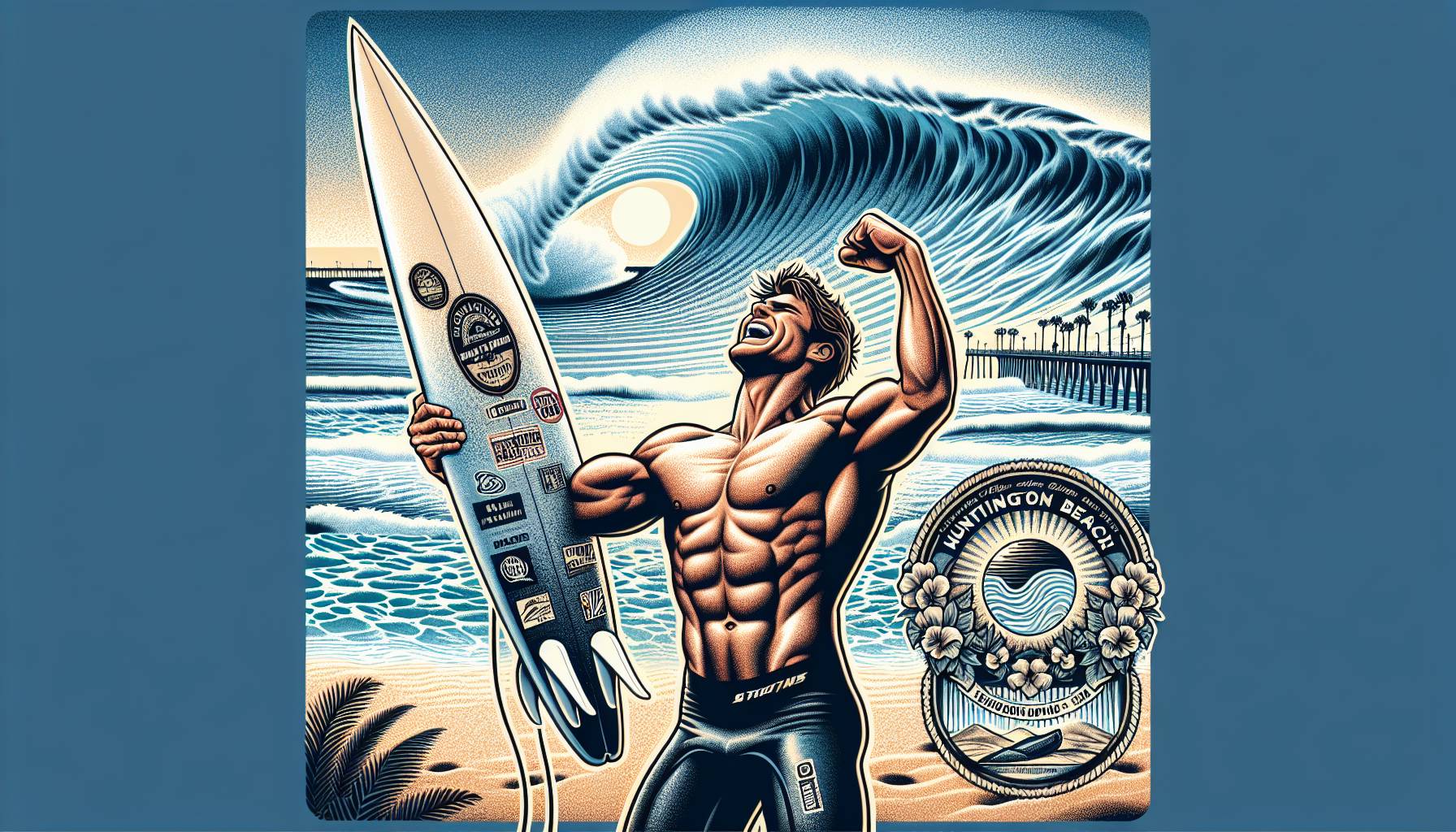Facing the unexpected challenge
It’s a classic scenario: you check the forecast, expecting a mellow session, but when you arrive at the beach, the windswell is far more aggressive than anticipated. The ocean is churning, and suddenly, what was supposed to be a cruisy paddle out turns into a battle against relentless chop and unpredictable sets. You’re caught off guard, and it doesn’t take long to realise that your paddling fitness isn’t quite where it needs to be.
As you struggle to make it past the impact zone, each stroke feels heavier than the last. The wind pushes against you, and the waves seem to come from every direction, making it nearly impossible to find a rhythm. You’re not alone in this; even seasoned surfers can find themselves humbled by a surprise windswell. It’s a reminder that the ocean is always in control, and no matter how much experience you have, conditions can change in an instant.
In these moments, it’s easy to feel frustrated. You might start questioning your fitness, your technique, or even your decision to paddle out in the first place. But the truth is, these unexpected challenges are part of what makes surfing so rewarding. They push you to your limits, forcing you to adapt and improve. And while it might not feel like it in the moment, every tough paddle is an opportunity to build strength and resilience for the next session.
The reality check of endurance
Once you’re out there, the reality of your endurance (or lack thereof) hits hard. The first few strokes might feel fine, but as the minutes tick by, your arms start to burn, your shoulders tighten, and your breath becomes shallow. You’re not just battling the waves anymore; you’re battling your own body. It’s a humbling experience, especially when you realise that the ocean isn’t going to give you a break. The sets keep rolling in, and you’re forced to dig deep, both physically and mentally, to keep going.
Endurance in surfing isn’t just about how long you can paddle; it’s about maintaining efficiency and power in your strokes, even when you’re fatigued. The ocean doesn’t care if you’re tired. If you want to catch waves, you need to be able to paddle with purpose, no matter how long you’ve been out there. And when the windswell is relentless, it’s not just about getting out past the break – it’s about staying out there, positioning yourself, and being ready to sprint when the right wave comes your way.
For many surfers, this is where the realisation sets in: paddling fitness isn’t just a nice-to-have, it’s essential. You might be able to get away with a lack of endurance on a calm day with glassy conditions, but when the wind picks up and the ocean turns into a washing machine, there’s no hiding. Every stroke counts, and if you’re not prepared, you’ll find yourself missing waves, or worse, getting caught inside and having to start the whole gruelling process over again.
It’s in these moments that you start to appreciate the surfers who seem to glide effortlessly through the chop, their paddling smooth and powerful, even after hours in the water. They’ve put in the work, building the kind of endurance that allows them to stay sharp and focused, no matter how tough the conditions get. And while it might feel frustrating to be struggling while others are thriving, it’s also a reminder that with the right training and mindset, you can get there too.
Strategies for improving paddle fitness
Improving your paddle fitness isn’t just about spending more time in the water, although that certainly helps. It’s about targeted training that builds the specific muscles and endurance needed to handle tough conditions. The first step is recognising that paddling is a full-body workout. While your arms and shoulders do a lot of the heavy lifting, your core, back, and even legs play a crucial role in maintaining balance and power with each stroke.
One of the most effective ways to improve your paddle fitness is through cross-training. Swimming is an obvious choice, as it mimics the movements of paddling while also building cardiovascular endurance. Focus on freestyle and backstroke to strengthen your shoulders and lats, and incorporate interval training to simulate the bursts of energy needed when paddling out through a set or sprinting for a wave. If you’re not already hitting the pool regularly, now’s the time to start.
Strength training is another key component. Exercises like push-ups, pull-ups, and rows target the muscles you rely on when paddling. Incorporating resistance bands or weights can help build the power needed to push through heavy windswell. Don’t forget about your core – planks, Russian twists, and leg raises will help you maintain stability on your board, especially when the ocean is throwing you around.
Flexibility and mobility are often overlooked but are just as important. Tight shoulders or a stiff back can limit your range of motion, making each stroke less efficient. Incorporating yoga or dynamic stretching into your routine can help keep your body limber and reduce the risk of injury. Focus on stretches that open up your chest, shoulders, and hips, as these areas tend to tighten up after long paddling sessions.
Of course, nothing beats time in the water. But instead of just paddling out and waiting for waves, try incorporating paddle drills into your surf sessions. Set aside time to paddle parallel to the shore, focusing on maintaining a steady pace and efficient technique. You can also practice sprint paddles, where you go all out for 20-30 seconds, then rest, mimicking the effort needed to catch a wave. These drills not only build endurance but also help you develop the muscle memory needed to paddle with power, even when you’re fatigued.
Lastly, don’t underestimate the importance of recovery. Surfing, especially in challenging conditions, can take a toll on your body. Make sure you’re giving yourself enough time to rest and recover between sessions. Hydration, proper nutrition, and even foam rolling or massage can help speed up recovery and keep you feeling fresh for your next paddle out.
Improving your paddle fitness takes time and dedication, but the payoff is undeniable. The next time you’re faced with an unexpected windswell, you’ll be ready to handle it with confidence, knowing that your body is up to the challenge.
The reality check: when the ocean humbles you
There’s nothing quite like paddling out on what you thought would be a cruisy session, only to be met with a relentless windswell that makes you question every life decision. You know the feeling—arms burning, lungs gasping, and that sneaky little voice in your head whispering, *”Mate, you’re cooked.”* It’s the ocean’s way of reminding you that no matter how many hours you’ve spent watching surf clips or talking about your last epic session, the real test is out there in the water.
One minute you’re thinking, *”I’ve got this,”* and the next, you’re getting slapped around by a set that came out of nowhere. It’s humbling, to say the least. You might’ve been feeling pretty good about your fitness on land, but the ocean doesn’t care about your gym routine or how many push-ups you can do. It’s a different beast altogether. And when that windswell hits, it’s like the ocean’s giving you a cheeky nudge, saying, *”Oi, you’re not as fit as you think, mate.”*
It’s not just the physical toll either. Mentally, it can be a bit of a gut punch. You start questioning whether you’ve still got it, or if you ever had it in the first place. But hey, that’s part of the game, right? The ocean doesn’t hand out participation trophies. It’s a constant reminder that you’ve got to put in the work if you want to keep up. And sometimes, it’s just about surviving the session and making it back to the beach with your pride (mostly) intact.
Training tips to improve your paddling fitness
Alright, so you’ve had your reality check. Now what? Time to get serious about your paddling fitness. First off, let’s be real—paddling isn’t just about brute strength. It’s about endurance, technique, and a bit of mental toughness. You can bench press all you want, but if you’re not training the right muscles and building stamina, that windswell’s going to keep handing you your backside.
Start with the basics: cardio. You need to build up your aerobic capacity so you’re not gassed after the first paddle-out. Swimming is a no-brainer here. It mimics the paddling motion and works those shoulders, lats, and core muscles that are crucial for staying on top of your game. Plus, it’s low impact, so you’re not going to wreck your joints in the process. If you’re not near the ocean, hit the pool. Do intervals—sprint a lap, then cruise for a lap. It’ll get your heart rate up and simulate the stop-start nature of paddling through sets.
Next up, strength training. But don’t just focus on the glamour muscles. Sure, everyone loves a good bicep curl, but you need to target the muscles that actually help you paddle efficiently. Think shoulders, back, and core. Exercises like pull-ups, lat pulldowns, and rows are your best mates here. And don’t forget about your legs. A strong lower body helps with balance and stability when you’re popping up on your board, especially when the conditions are less than ideal.
Now, let’s talk technique. You can be as fit as a fiddle, but if your paddling form is off, you’re wasting energy. Keep your elbows high, hands cupped, and focus on long, smooth strokes. It’s not a race—well, unless you’re trying to beat a set to the lineup. But even then, efficiency is key. The less energy you waste flailing around, the more you’ll have in the tank when it counts.
And finally, don’t forget about recovery. Stretching, foam rolling, and even a bit of yoga can go a long way in keeping your muscles loose and ready for the next session. The ocean’s not going anywhere, but your body might if you don’t take care of it.
“Train hard, paddle easy. Or don’t train, and the ocean will train you the hard way.”

